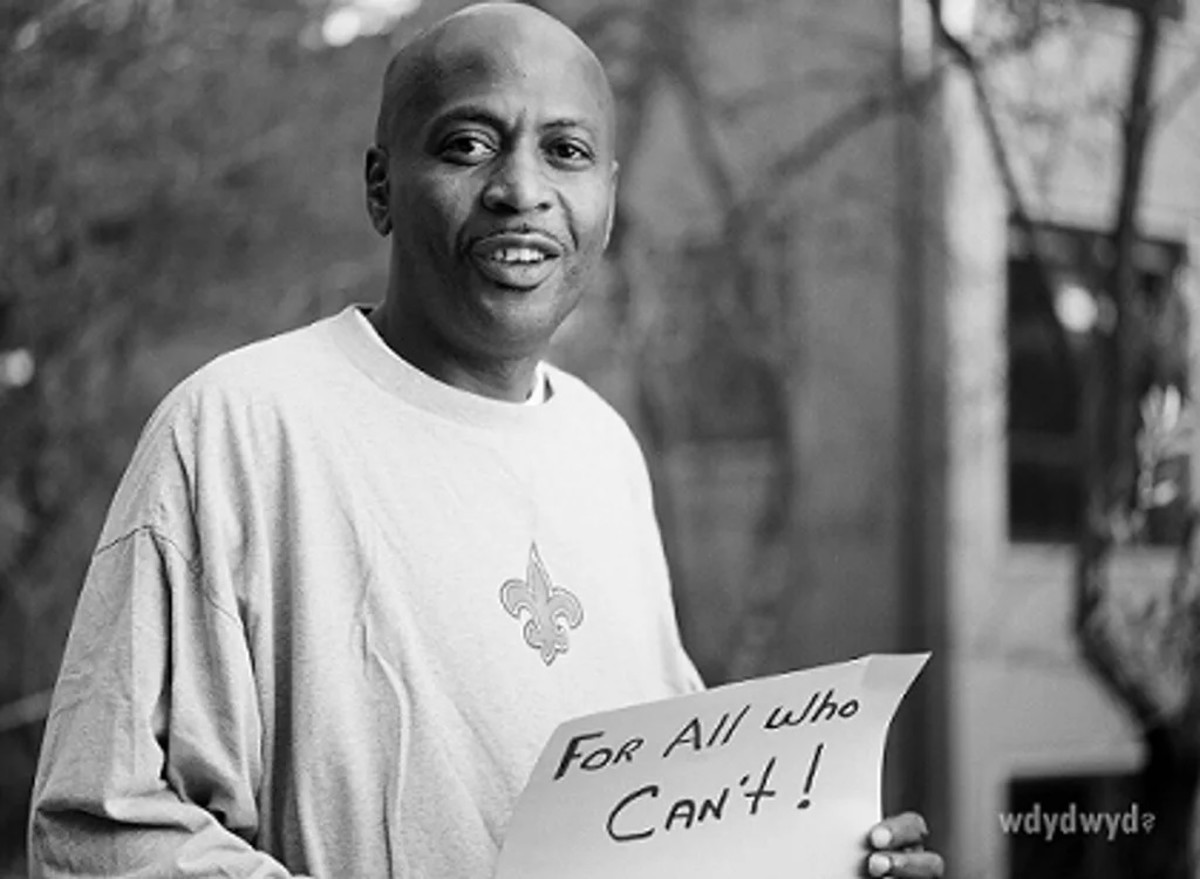In Prosecution and Defense of the Death Penalty

Execution Methods in the US from 1976 to 2012
TYPE
| NUMBER
|
|---|---|
Lethal Injection
| 1125
|
Electrocution
| 157
|
Gas Chamber
| 11
|
Hanging
| 3
|
Firing Squad
| 3
|
Introduction to the Death Penalty
As of July 1, 2012, it is estimated that 1 in every 10 death row inmates is serving time for crimes they did not commit. Since the United States reinstated the death penalty in 1976, 140 convicted felons have been released from prison based on evidence. There are groups who refute this argument however, it's difficult to argue against physical evidence as blatantly clear as DNA.
In order to understand the death penalty it's also important to understand methods of overturning convictions.
- Clemency: When a crime is forgiven and the sentenced penalty is cancelled.
- Pardon: When a crime is forgiven and the sentenced penalty is cancelled typically given by a head of state, President or church authority.
- Commutation: Lessening of the crime without forgiveness of it's existence. The convicted person is still considered guilty of the crime.
- Reprieve: Temporary postponement of punishment.
In the United States, the death penalty continues to be one of the most highly debated topics. In order to discuss the death penalty, it's important to argue the pros and cons with an attitude of truth and tolerance. Unfortunately, arguments become emotional when issues hit close to home and touch lives. Emotions aside, we will take a look at the specific issues that support and refute the death penalty.

Death Penalty is Justice Served
Statistically, only 33% of the population believes that the death penalty is appropriate as a means of sentencing. The majority of people feel that life without the possibility of parole would better serve the convicted individuals.
Additionally, people who rally in defense of the death penalty argue that it should be mandatory for persons who commit violent crimes, murder and certain types of crimes against persons. The arguments are as follows:
- Convicted rapists and murders should be given an automatic death sentence. Thus, the severity of the punishment will deter other miscreants from committing these crimes. In turn, the crime rate would go down.
- If a serial killer is imprisoned and then released, he or she will subsequently re-offend. If they are euthanized, there is no chance of re-offending. This will ensure the safety of society.
- Some believe that it is less expensive to execute an inmate than it is to incarcerate for a life term.
- The "eye for and eye" theory suggests that if a person takes someone's life, they should then be held responsible and lose the right to live.
- Death sentences may give relief and a sense of justice to the victim or the family of the deceased.
- Death sentences may ensure the safety of inmates and guards.
Public Opinion Census 2010
When asked whether or not the census taker was "in favor" or "against" the death penalty, the following results were established.
39% Life without the possibility of parole + restitution paid to victim
9% Life with the possibility of parole
13% Life without the possibility of parole
33% In favor of the Death Penalty
6% No opinion
Census by Lake Research Partners, 2010.
Death Penalty Cons
There are numerous studies and cases which have shed light on the immoral and negligent use of capital punishment. Since it's reintroduction in 1977, the death penalty has had a dramatic ebb and flow. There seems to be more reasons not to incorporate it's use than to apply it. Nevertheless, it exists.
Those who oppose the death penalty, fervently believe that not only is it immoral, but also that there is a dangerous risk of mistakes and errors. Other arguments include:
- Murder is murder, regardless of who passes the judgement.
- If a defendant is subject to inexperienced counsel during trial, they may be more likely to receive stricter sentencing.
- Every human being should be afforded a second chance in life. Incarceration allows for a convicted person to better their ways and contribute in a positive way.
- 1 in every 10 death sentence cases is incorrectly prosecuted. There have been numerous cases where evidence such as DNA has proven people innocent after serving years in prison and unfortunately after having been put to death.
- There is no evidence that proves the death penalty is a deterrent for crime. The death penalty is used most in the southern states and subsequently, the highest crime rates exist in the southern states.
- It is preferable to have a convicted murder spend his or her days in prison, unable to experience life, living in the desolation and oppression every day for the rest of their life than to be freed by the death penalty.
- It is estimated that the cost to put a man to death is around $2.3 million per execution which is about three times more than the cost of keeping a man incarcerated for life at the highest security level for 40 years.

Deterrence and the Death Penalty
- According to a study of the country's top criminologists, 88% believe that capital punishment does not lower murder rates. (Radelet & Lacock, 2009)
- In 2010, the southern states had the highest murder rate and accounted for more than 80% of the executions in the United States. This evidence suggests that enforcing the death penalty does not deter people from committing crimes which are punishable by death.
- Since 1977, there have been 1299 people executed in the United States. Texas, Virginia and Oklahoma currently have the highest rates of execution.
Problems With Capital Punishment
Although it seems easy to define, either you agree or disagree with the use of capital punishment. There are dilemmas which revolve around using the death penalty as a means of sentencing.
- There is a tremendous amount of pressure on police and government officials to solve flagrant murders within the community. Because of the continuous scrutiny, police and prosecutors may feel the necessity to indict and prosecute someone in order to "solve" the crime. There are many cases where this has happened and people have spent years in prison or have even been wrongfully executed because the police needed to close the case.
- When someone is murdered by an unknown person and there is a lack of eyewitness testimony, the case may rely on other types of evidence such as accomplices, jailhouse snitches or pressured confessions. These types of evidence are not as strong but have the ability to sway a jury, even in the case of an innocent defendant.
- When a case is subject to heightened publicity, it can alter the judgement of jurors. Prior to trial jurors are instructed to ignore all media that pertains to the case however, there are many instances when jurors have been tainted. When that happens, they are unable to ignore doubts of guilt raised by the defense.
- During jury selection it is to the benefit of the prosecution to select jury members who are able and prepared to return a death sentence. Knowing that they may be asked to enforce a death penalty before the trial begins may inadvertently suggest guilt and jurors will not be fair and impartial, they're prepared to hand out a death sentence.
- When a defendant is assigned an attorney, they are subject to a capped amount that they can spend on investigating and evidence review. Their legal aid counsel must decide what is most important, how best to divide the funds. Important facts might be overlooked due to lack of money.
- If the crime committed is particularly violent, the jury might feel the necessity to convict even if there is only probable guilt. There is a feeling of wanting justice for the family or loved ones. This is the purpose for appeal on all capital cases - so that each case will have a close and detailed review.
- Execution doesn't bring the victim back to life. Focusing on revenge is what many feel drives the implementation of the death sentence.

The Appeal Process
All death sentence cases are allowed an automatic appeal. The purpose for this is to ensure that no mistakes were made, that proper procedures were followed. The protocol for filing an appeal is very specific state to state. The Federal Court of Appeals will only review cases which are arguing violations of constitutional rights as opposed to presenting new evidence which would imply innocence.
Do you believe in the death penalty?
Conclusion
Since the increased number of innocent people on death row and in prison is becoming more apparent, it is clear that the justice system has fundamental breakdowns. These problems cannot be fixed after an execution has been enforced. Currently, there is a push for faster movement through the system, less resources for public defense counsel and more immediate implementation of execution in order to deter crime. If these types of changes are put into place, the execution of innocent people is imminent.
- Pro-death penalty.com
Citizens who are in favor of the death penalty












